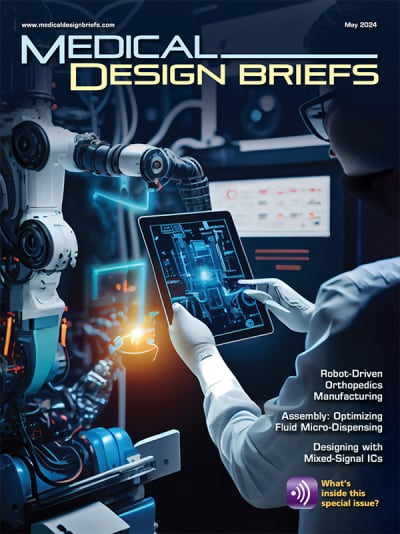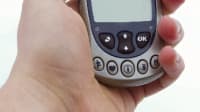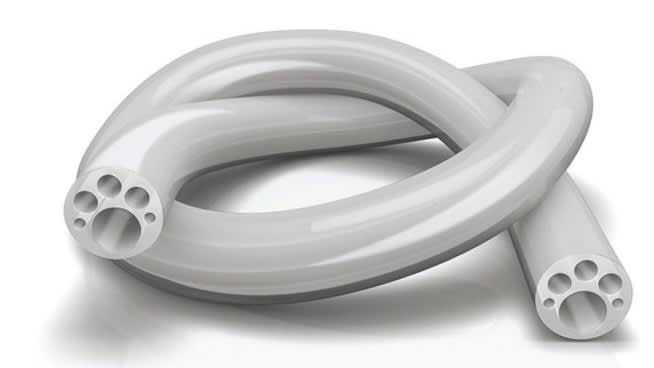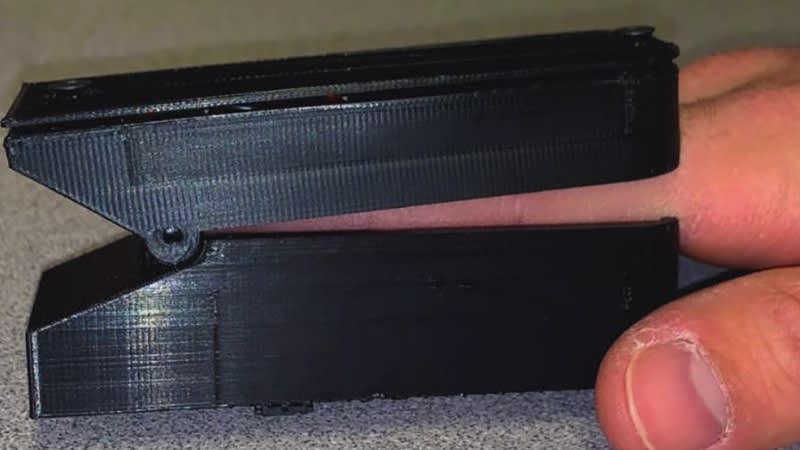The phrase, "May you live in interesting times" certainly applies to today's medical device design engineers, as they face unprecedented opportunities and challenges created by a rapidly evolving market. Perhaps the most pressing challenge is creating sensor elements which can keep pace with the miniaturization occurring in nearly all medical devices, from simple blood pressure monitors to complex heart-lung machines.

Why Size and Portability Matter
The trend toward smaller, more portable medical equipment is affecting nearly every area of modern medical care. This is especially evident in patient transport, intake, and ambulatory care environments where the smaller the equipment is, the earlier it can reach the patient. For example, compact lightweight patient monitoring and support equipment allows medical teams to provide high quality care immediately, putting capabilities formerly reserved for the operating room and ICU into local clinics, field care units, and even the tight confines of ambulances and medevac aircraft.
Likewise, smaller respirators, infusion pumps, and vital signs monitors help hospitals improve the quality of in-room and ICU care. (See Figure 1) Even operating rooms can benefit from compact monitors, pumps, and suction equipment, which give a scrub team better access to both the patient and the monitors, life support, and treatment equipment they depend on.
Space-saving designs also enhance a product’s portability, allowing care providers to quickly and easily move equipment from one patient to the next. Highly portable equipment can be quickly deployed into critical situations where seconds count. Portability also allows patients greater mobility during their hospital stay, giving them greater autonomy and comfort and, in many cases, a speedier recovery. The same capabilities can also help health care administrators produce a healthier bottom line by enabling more efficient use of a facility’s technical assets.
The benefits of smaller medical equipment are already helping bring reliable, easy-to-use health monitoring capabilities to home-care environments. These advanced products will play a key role in the migration of patient care services from the hospital to the home, and are being promoted by both private medical insurance companies and the US government’s recently-implemented Affordable Care Act. As a result, forward-thinking manufacturers have already begun development of products that allow quality care to be delivered in the home.
New Sensor Options Enable Compact Designs

This trend toward smaller devices has begun with the implementation of new, space-saving sensors, and an expanded range of low-volume packaging and mounting options. Other new solutions help designers achieve additional space savings by integrating multiple sensor elements in a single package. In some cases, these advanced integration techniques have allowed the sensors to be placed within small surgical devices and other applications which were previously considered impossible.
Sensor platforms that offer several options for mechanical interfaces, mounting, packaging, and I/O options give medical equipment designers new degrees of freedom. Pressure sensors, for example, provide several options for mating connections (port styles), packaging (dual in-line package, single inline package, surface mount), and outputs (analog or digital), which can be used to satisfy their applications’ demanding functional, cost and board space requirements.
The multiple benefits offered by sensors with board-mountable packages have made them one of the most popular space-saving components for medical and industrial designs. In the case of sensors that measure fluid pressure or flow, board-mount packaging enables the sensing element to be firmly attached to the device’s printed circuit board (PCB) as closely as possible to the patient and/or the liquid media (e.g., blood, chemicals, or water) that it is sensing.
This is especially important in certain applications, such as dialysis machines, as shown in Figure 2, which require precise and accurate measurement of dialysate and venous pressure to ensure a patient’s safety and comfort during treatment. Accurate measurement of pressures in the fluid and blood flows helps ensure that an over- or under-pressure situation does not occur, conditions that can result in either burst blood vessels or air bubbles in the dialysis feed line. For these types of applications a board-mounted package can help provide the close proximity the pressure sensor needs to produce accurate, precise measurements and better response time to changes in the system (See Figure 3).
Besides ensuring accurate and precise measurements, board-mounted sensors enable simpler, more reliable designs that can be quickly assembled using automated equipment. Pressure and flow sensors are typically available in several board-mount package styles, many of which offer options for different orientations for their integrated ports. This can be very helpful for a design that needs a clear path for the tubes that connect the sensor with whichever medium it is monitoring.

Multi-Sensor/Multi-Function Packages
Many medical devices can benefit from integrated sensor solutions that combine multiple functions, such as temperature and humidity, or temperature and pressure. Multi-sensor solutions can be implemented by either co-packaging two or more sensor elements or integrating separately-packaged sensors within a compact higher-level assembly. (See Figure 4)
Multi-sensor packages offer several other benefits to design engineers, including:
- Simplified device designs that can reduce manufacturing costs.
- Simplified design validation processes.
- Improved patient comfort and safety because multi-sensors have fewer parts to break and fewer connection points (i.e., potential sources of failure).
- Reduced total cost of ownership created by multi-sensor components’ added reliability and performance.

One example of pre-integrated sensing solutions is the Honeywell TruStability® family of pre-engineered “sensor platform,” which integrates the sense element with many different port styles, mounting types, voltage, and outputs (digital or analog). Some variants of these integrated solutions sensors are fully compensated, calibrated, and amplified. Designs that employ digital interfaces can yield additional space savings by eliminating external resistors, capacitors, and amplifiers associated with analog outputs.
Many sensor platforms can be configured to accommodate the unique requirements of a particular medical device. In addition, building blocks that make up sensor platforms should be validated to ensure a high quality and reliable product. Eliminating the need to compensate and calibrate products’ sensors during assembly can allow design engineers to reduce or eliminate time and capital-intensive testing processes, resulting in faster assembly cycles and lower production costs.
Liquid Compatibility
Many older medical devices use sensors that aren’t compatible with liquid media in moist or wet environments, and require additional components to protect the sensor, which can add bulk, expense, and complexity to the device’s design. Fortunately, advances in packaging and materials technology have enabled the development of compact sensors capable of operating in these challenging conditions.
In applications like the dialysis machine described earlier, a sensor’s direct contact with the dialysate solution enables it to deliver prompt pressure feedback to the pump controller as it’s being filtered for the patient. The basic sensor platform is available in several application-specific configurations, which integrate port options and package designs created for dialyzer manufacturers. As a result, design engineers can create compact, high-performance medical equipment while enjoying reduced design risk and a streamlined development effort.
Summary
Sensors play a critical role as the industry trends toward smaller, more portable medical equipment that promises to improve the quality and cost-effectiveness of medical care. As a result, one of the biggest challenges medical equipment designers face is creating sensing elements which are compact enough for the tight confines of today’s products. Many of these challenges can be met with a combination of new sensor integration technologies and new design practices which make best use of them.
Most sensor manufacturers now offer a fairly broad range of advanced packaging technologies and pre-integrated multi-sensor elements from which designers can choose to create compact sensing solutions for their designs. A few manufacturers, including Honeywell Sensing and Control, offer more heavily integrated sensor elements, which may include a wide range of pre-integrated elements. In addition to helping designers win the “space race”, a broad range of available packaging and integration options can help them shorten design and certification cycles of products, offering users higher reliability and a lower cost of ownership.
This article was written by Jacqueline Leff, Senior Global Product Manager, and Rick Ercolano, Medical Vertical Leader, Honeywell Sensing and Control, Golden Valley, MN. For more information, Click Here .
























